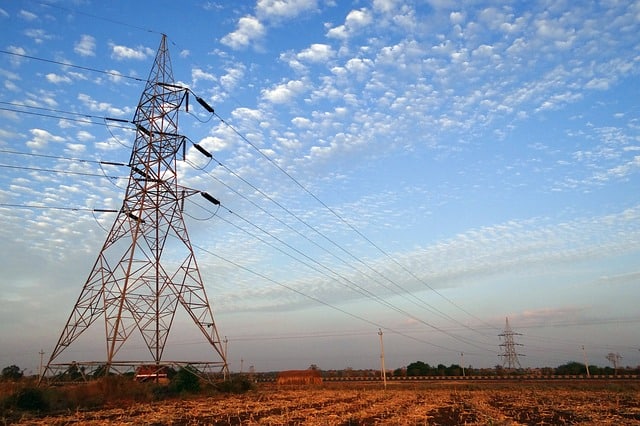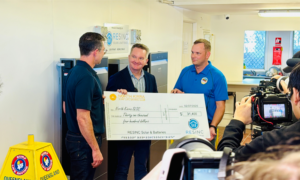A recent increase in takeup for renewable energy is creating significant pressure on the electricity grid in Australia, all in a time where a stable source is crucial. As extreme weather circumstances continue to ravage the east coast and communities find themselves without a connection to the grid, having a resilient system in place is becoming more and more paramount.

A country in recovery
A report known as the Health of the National Electricity Market was released last week, stressing the crucial role that a resilient electricity system plays in recovering from the bushfire disaster. With warnings that extreme weather like this will only become more common, industry critics and experts are calling for action.
The report noted that the current situation needs serious attention as soon as possible, as weather continues to prove unpredictable. From fires through to floods and increasing temperatures – Australia’s feeling the toll as each year rolls on.
Combined with weather fluctuations, events like ageing infrastructure and unreliable coal generators are also contributing to the problem.
Australians snatch up renewable energy
The report also highlighted concerns that a spike in variable renewables and several other resources – such as wind and solar power – would make it hard to maintain the stability and security of the current system. By 2030, wind and solar are expected to form 40 per cent of Australia’s total national electricity. That’s a boost of 16 per cent in 2018 to 2019.
For other cities, controlling voltage is another problem. More than 20 percent of residential properties have solar panels installed – especially across Perth, Adelaide and Brisbane. In these areas, the demand on the grid can even drop back to zero in peak periods of the day. But the problem is that this generation can change dramatically at the drop of a hat, all thanks to weather conditions.
In order to combat the supply and demand, networks need to have more visibility over the security of systems and all operations. A quick response is also needed to tackle sudden weather changes, if the frequency of voltage is to continue at a sufficient rate.
Security is a considerable concern for the industry. For example, in 2018 to 2019 alone, the AEMO had to intervene in 75 situations in order to maintain system protection. During summer months across NSW, Vic and SA, this concern was only further amplified.
RELATED: How bushfire smoke is altering the efficiency of solar panels
In good news, emissions have fallen across Queensland, ACT, NSW, Victoria, Tasmania and South Australia, declining by 15 per cent since the year 2005. This is expected to further fall by the year 2030, with forecasts expecting 41 per cent below the levels from 2005.
What the industry needs now is reinforcement that supports circumstances when weather is placing significant pressure on the grid.
References: SMH











































